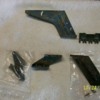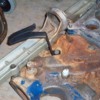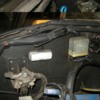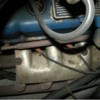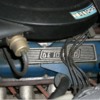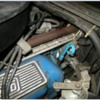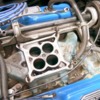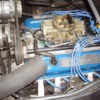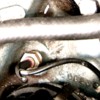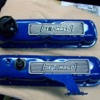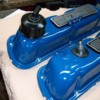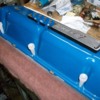Lee,
That's good news for all to hear!!!!
Last I knew, the valves were "Fiat" parts and the world had snapped up all of the spares in existence! Perhaps Alfa did the Fiat world a favor and put them back into production.....?....
I never got the brackets for the valves with my car, removed long before me! Since I put the "T's" in the lines and used a small 3/8" or so crossover line (between where the two switches would go) to do the same thing, AND put my shut off valves up on top of the center spine behind the defroster/heater core assy, I'm not sure I would go thru the clutter.....to make something like that functional again!
Perhaps put two new water valves in the "Goose parts" box I have and let the next caretaker deal with it.....



!!!
Hopefully tomorrow will be a dry day to work on the car with the garage door open...and get these valve covers back in place!!!!
Ciao!
Steve


